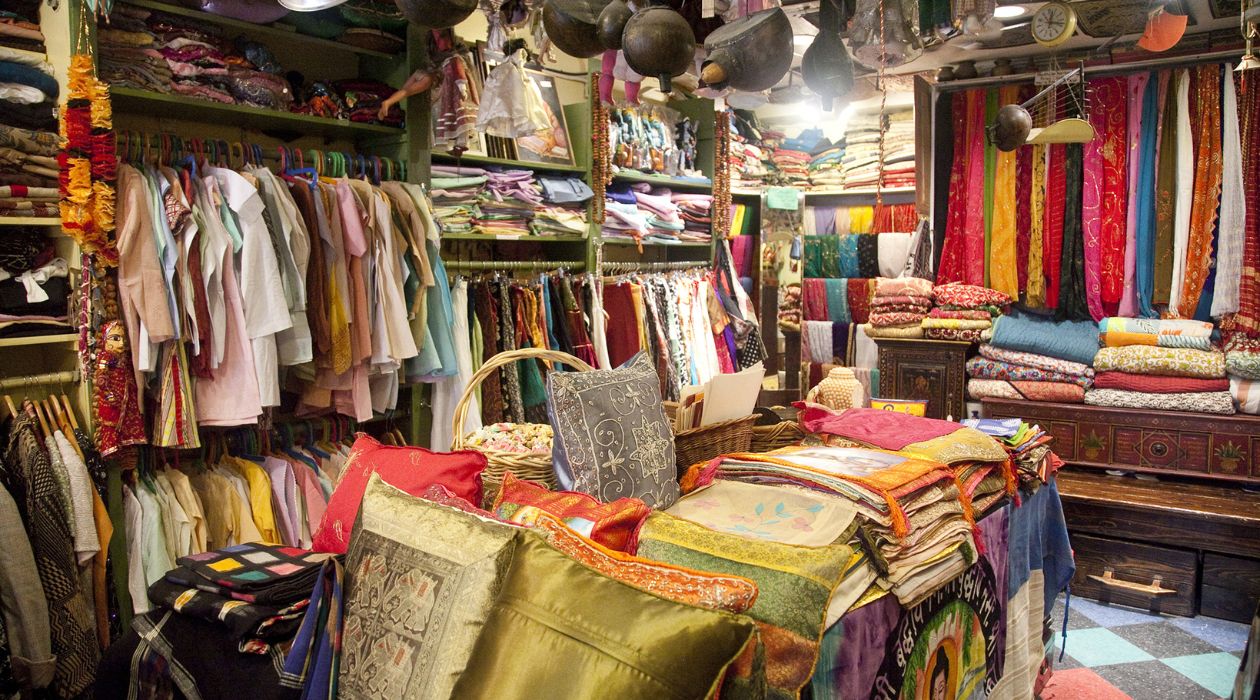

Articles
How To Store Indian Clothes
Modified: January 5, 2024
Learn effective techniques for storing your Indian clothing articles to keep them fresh and well-maintained for longer. Safeguard your favorite ensembles with our expert tips and tricks.
(Many of the links in this article redirect to a specific reviewed product. Your purchase of these products through affiliate links helps to generate commission for Storables.com, at no extra cost. Learn more)
Introduction
Indian clothes are renowned for their vibrant colors, intricate designs, and rich cultural heritage. From sarees to salwar suits, lehengas to sherwanis, these garments are not only a reflection of Indian traditions but also a fashion statement worldwide. However, to ensure that these clothes continue to look their best over time, proper storage is essential.
Storing Indian clothes correctly not only protects them from dust, insects, and moisture but also helps to maintain their color and fabric quality. Whether you have a collection of heirloom pieces, designer outfits, or everyday wear, taking the right steps to store them will extend their lifespan and keep them in tip-top shape.
In this article, we will explore the various types of Indian clothes, factors to consider before storing them, how to prepare the clothes for storage, the best practices for storing Indian clothes, and essential tips for maintaining them. By following these guidelines, you can ensure that your Indian garments remain fresh, vibrant, and ready to wear for years to come.
Key Takeaways:
- Preserve the beauty and cultural significance of Indian clothes by considering factors like fabric type, climate, and pest protection before storing. Proper preparation and storage techniques will ensure their longevity.
- Maintain the vibrancy of Indian clothes by handling them with care, following washing instructions, and using moth protection. Consider professional storage for heirloom garments to ensure optimal preservation.
Read more: How To Store Indian Jewelry
Types of Indian Clothes
Indian clothing is diverse and reflects the cultural and regional diversity of the country. Each state of India has its unique style of traditional attire, which has evolved over centuries. Here are some of the most popular types of Indian clothes:
- Saree: A saree is a traditional Indian garment that consists of a long piece of fabric draped around the body. It is typically worn with a blouse and petticoat. Sarees come in various fabrics like silk, cotton, and chiffon, and are adorned with embroidery, sequins, and other intricate embellishments.
- Salwar Kameez: The salwar kameez is a two-piece outfit that consists of a long tunic-like top known as kameez and a loose-fitted pant known as salwar. This is a comfortable and versatile attire worn by both men and women in various styles and designs.
- Lehenga Choli: The lehenga choli is a traditional outfit worn mostly by women on special occasions like weddings and festivals. It comprises a long skirt (lehenga), a fitted blouse (choli), and a dupatta (scarf). Lehengas are often made of silk or embellished fabrics and are intricately designed with embroidery and embellishments.
- Kurta Pyjama: The kurta pyjama is a traditional outfit for men. It consists of a long tunic-like top known as a kurta and loose-fitted pants known as pyjamas. Kurta pyjamas are usually made of cotton or silk and are worn on formal or festive occasions.
- Sherwani: The sherwani is a royal and regal attire worn by men. It is a long coat-like garment that is usually worn over a kurta and pyjama. Sherwanis are made of rich fabrics like silk or brocade and are intricately embroidered, making them a popular choice for weddings and formal events.
These are just a few examples of the wide array of Indian clothes available. Each type of garment has its cultural significance, and they can vary greatly in terms of design, fabric, and embellishments based on the region they originate from.
Factors to Consider before Storing Indian Clothes
Before storing your Indian clothes, there are a few important factors to consider to ensure their proper preservation. These factors will help protect the fabric, maintain the color, and prevent any damaging effects of storage. Here are the key considerations:
- Cleanliness: It is essential to clean your Indian clothes thoroughly before storing them. Any dirt, sweat, or stains left on the fabric can lead to permanent damage or discoloration over time. Follow the recommended cleaning instructions for each garment to ensure they are fresh and free of any impurities.
- Fabric Type: Different fabrics require specific care and storage methods. Delicate fabrics like silk or chiffon should be stored differently from cotton or synthetic materials. It is important to understand the fabric type and its specific storage needs to avoid any damage.
- Climate and Environment: The storage location plays a significant role in maintaining the quality of your Indian clothes. It is crucial to store them in a cool, dry, and well-ventilated area. Extreme temperature fluctuations, humidity, and exposure to sunlight can lead to fabric deterioration or mold and mildew growth.
- Protection from Pests: Insects and pests can cause irreparable damage to your Indian clothes. Take precautions to protect them by using mothballs, cedar chips, or other pest deterrents. Additionally, regularly inspect your stored clothes to ensure there are no signs of infestation.
- Proper Folding or Hanging: Depending on the fabric and garment type, some Indian clothes are best folded while others are better off hung. Delicate fabrics like silk sarees should be folded carefully with acid-free tissue paper to prevent creasing, while heavy lehengas or sherwanis should be hung on padded hangers to maintain their shape.
- Storage Containers: The choice of storage containers can have a significant impact on the longevity of your Indian clothes. Opt for breathable, acid-free containers or garment bags that protect against dust, moisture, and sunlight. Avoid using plastic bags or cardboard boxes, as they can trap moisture and promote mold growth.
By considering these factors, you can create the ideal storage conditions that will help preserve the quality, color, and overall appearance of your beloved Indian clothes.
Preparation for Storing Indian Clothes
Proper preparation is key to ensuring that your Indian clothes remain in pristine condition while in storage. Taking the time to prepare them adequately will help prevent damage, preserve their color, and maintain their overall quality. Here are some essential steps to follow when preparing your Indian clothes for storage:
- Clean the Clothes: Before storing, make sure to clean each garment following the recommended cleaning instructions. Washing or dry cleaning the clothes will remove any dirt, sweat, or stains that may cause long-term damage if left untreated.
- Inspect for Damage: Take the time to carefully inspect each garment for any signs of damage, such as loose threads, missing buttons, or weak seams. Repair any minor issues to prevent them from worsening during storage.
- Remove Accessories: Remove any detachable accessories like belts, brooches, or tassels from the clothes. These can cause snagging or damage if left attached during storage.
- Use Acid-Free Tissue Paper: For delicate fabrics like silk and chiffon, place acid-free tissue paper in between folds to prevent creasing. This helps to maintain the shape and minimize the chances of permanent wrinkles.
- Avoid Plastic Covers: Avoid using plastic covers directly on Indian clothes, as they can trap moisture and promote mold growth. Instead, opt for breathable cotton garment bags or acid-free storage containers.
- Organize and Label: Organize your clothes according to their type or occasion to make it easier to locate them later. Additionally, label the storage containers or garment bags with the type of clothing inside to save time when retrieving them.
- Store in a Dry Location: Choose a dry, cool, and well-ventilated area to store your Indian clothes. Avoid locations prone to moisture, extreme temperature fluctuations, or direct sunlight, as these can lead to color fading and fabric damage.
- Moth Protection: Protect your clothes from moth damage by using mothballs or sachets with natural moth-repellent ingredients like lavender or cedar chips. These will deter pests and help preserve the fabric.
By following these preparation steps, you can ensure that your Indian clothes are well-protected and ready to be stored safely.
Store Indian clothes in a cool, dry place away from direct sunlight to prevent fading and damage. Use breathable garment bags or cotton covers to protect them from dust and insects.
Storing Indian Clothes
Proper storage is crucial to maintaining the longevity of your Indian clothes. Implementing the right storage techniques will help preserve their quality, prevent damage, and ensure that they remain in wearable condition. Here are some best practices for storing Indian clothes:
- Fold or Hang: Depending on the type of garment, consider whether it should be folded or hung. Lightweight fabrics like sarees and salwar kameez are typically folded neatly and stored in breathable cotton bags. Heavier garments like lehengas or sherwanis are better off hung on padded hangers to avoid any strain on the fabric.
- Separate Layers: Avoid layering too many garments on top of each other, as this can lead to creasing and damage. Instead, place acid-free tissue paper or cotton cloth between each garment to provide a barrier and maintain their shape.
- Consider Vacuum Sealing: Vacuum sealing can be a suitable option for long-term storage of Indian clothes, especially for seasonal garments or items that won’t be used frequently. However, be cautious with delicate fabrics, as the compression can potentially damage them.
- Choose the Right Storage Containers: Use breathable storage containers or cotton garment bags that allow air circulation. Avoid plastic bags or containers, as they trap moisture and can lead to mold and mildew growth.
- Stack Carefully: If you choose to stack folded garments, ensure that the heaviest items are at the bottom to prevent crushing or damaging the delicate ones underneath. Avoid stacking too many clothes to maintain the integrity of the stack.
- Store in a Dark Area: Keep your stored Indian clothes in a dark area away from direct sunlight. Prolonged exposure to sunlight can fade the colors and damage the fabric over time.
- Avoid Humidity: Maintain a low humidity level in the storage area to prevent moisture buildup. This protects the clothes from mold, mildew, and musty odors. Using dehumidifiers or moisture-absorbing products can help control humidity levels.
- Regularly Air out the Clothes: Periodically air out your stored clothes to prevent any musty smells and allow for fresh air circulation. This can be done by taking them out of storage and hanging them in a well-ventilated area for a few hours.
Following these storage practices will help preserve the quality and appearance of your Indian clothes, allowing you to enjoy them for years to come.
Read more: How To Store Indian Spices
Tips for Maintaining Indian Clothes
Maintaining your Indian clothes is essential to ensure that they remain in good condition and retain their beauty over time. By following these tips, you can extend the lifespan of your garments and keep them looking fresh and vibrant:
- Handle with Care: When wearing or handling your Indian clothes, be mindful of delicate embellishments, such as embroidery or sequins. Avoid pulling or tugging at these decorations, as they can easily come loose or get damaged.
- Spot Clean When Required: If you notice a stain or spill on your Indian clothes, address it promptly. Use a mild detergent or a stain remover specifically designed for the fabric type. Spot cleaning can help prevent the stain from setting in and becoming more difficult to remove.
- Follow Washing Instructions: Always follow the recommended washing instructions for each garment. Some items may require hand washing, while others may be suitable for machine wash. Choose the appropriate water temperature, detergent, and washing cycle to avoid any damage.
- Avoid Over-Washing: Washing Indian clothes too frequently can lead to unnecessary wear and tear. Unless they are visibly dirty or stained, consider airing them out instead of washing them after each use. This will help preserve the fabric and colors.
- Iron with Caution: When ironing your Indian clothes, use a pressing cloth or iron them inside out to protect the fabric from direct heat. Adjust the iron’s temperature according to the fabric type to avoid scorching or damaging the garment.
- Store with Cedar Chips: Cedar chips act as a natural moth repellent and help keep insects away from your stored Indian clothes. Place cedar chips in your storage containers or garment bags to maintain a fresh and pest-free environment.
- Rotate your Wardrobe: To avoid excessive wear on your Indian clothes, consider rotating your wardrobe. By giving each piece a break between wears, you allow them to regain their shape and prevent overuse.
- Keep Fragrances Separate: Perfumes and fragrances can potentially stain or damage your Indian clothes. Keep them separate or apply them before wearing the garments to avoid any direct contact.
- Professional Storage for Heirlooms: If you have valuable or heirloom Indian clothes that require extra care, consider professional storage solutions. These facilities provide specialized conditions, such as temperature and humidity control, to ensure the best preservation of your cherished garments.
By following these maintenance tips, your Indian clothes will remain in excellent condition, allowing you to enjoy them for many years while retaining their beauty and cultural significance.
Conclusion
Proper storage and maintenance of Indian clothes are critical to preserving their beauty, longevity, and cultural significance. By following the guidelines outlined in this article, you can ensure that your cherished garments remain in excellent condition for years to come.
From sarees to salwar kameez, lehengas to sherwanis, each type of Indian clothing requires specific care and attention. Factors such as cleanliness, fabric type, climate, and protection from pests play crucial roles in determining the storage methods for these garments.
Preparation is key before storing your Indian clothes. Cleaning them thoroughly, inspecting for damage, removing accessories, and using acid-free tissue paper are important steps to take. Choosing the right storage containers, organizing and labeling the clothes, and storing them in a dry location are also essential for maintaining their quality.
While storing, it is crucial to fold or hang the clothes appropriately, stack them carefully, and consider vacuum sealing for long-term storage. Using breathable storage containers or garment bags, avoiding excessive layers, and protecting against humidity and sunlight will help preserve the fabric and color of the Indian clothes.
In addition to storage, maintaining Indian clothes involves handling them with care, spot cleaning when necessary, following proper washing instructions, and ironing with caution. Tips like using cedar chips for moth protection, rotating your wardrobe, and keeping fragrances separate will aid in maintaining garment quality.
Remember that valuable or heirloom Indian clothes might require professional storage solutions for optimal preservation, such as temperature and humidity-controlled environments.
By implementing these tips and techniques, you can ensure that your Indian clothes continue to showcase their vibrant colors, intricate designs, and cultural heritage throughout their lifespan. So, treat your Indian clothes with the care they deserve, and enjoy wearing them while keeping traditions alive.
Frequently Asked Questions about How To Store Indian Clothes
Was this page helpful?
At Storables.com, we guarantee accurate and reliable information. Our content, validated by Expert Board Contributors, is crafted following stringent Editorial Policies. We're committed to providing you with well-researched, expert-backed insights for all your informational needs.

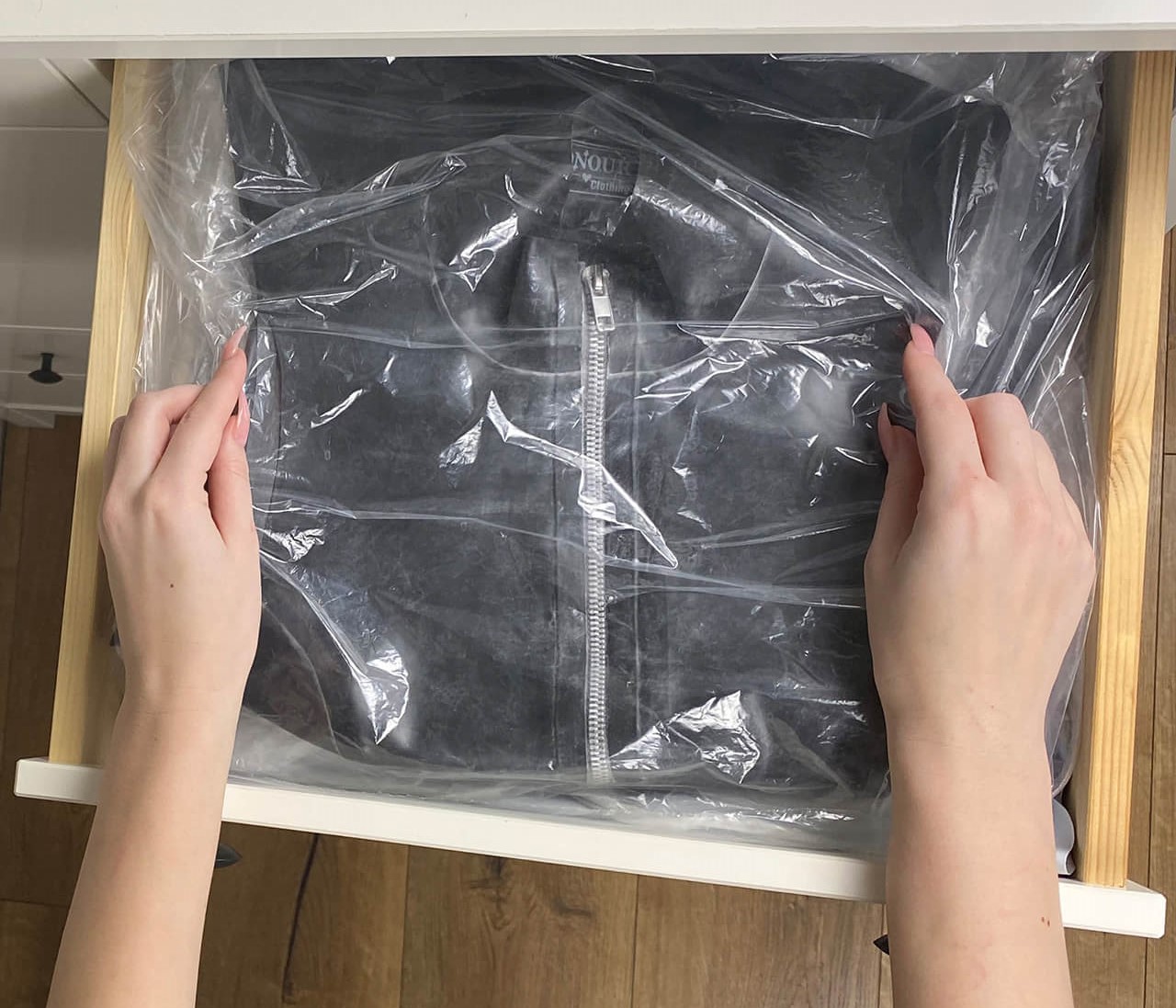





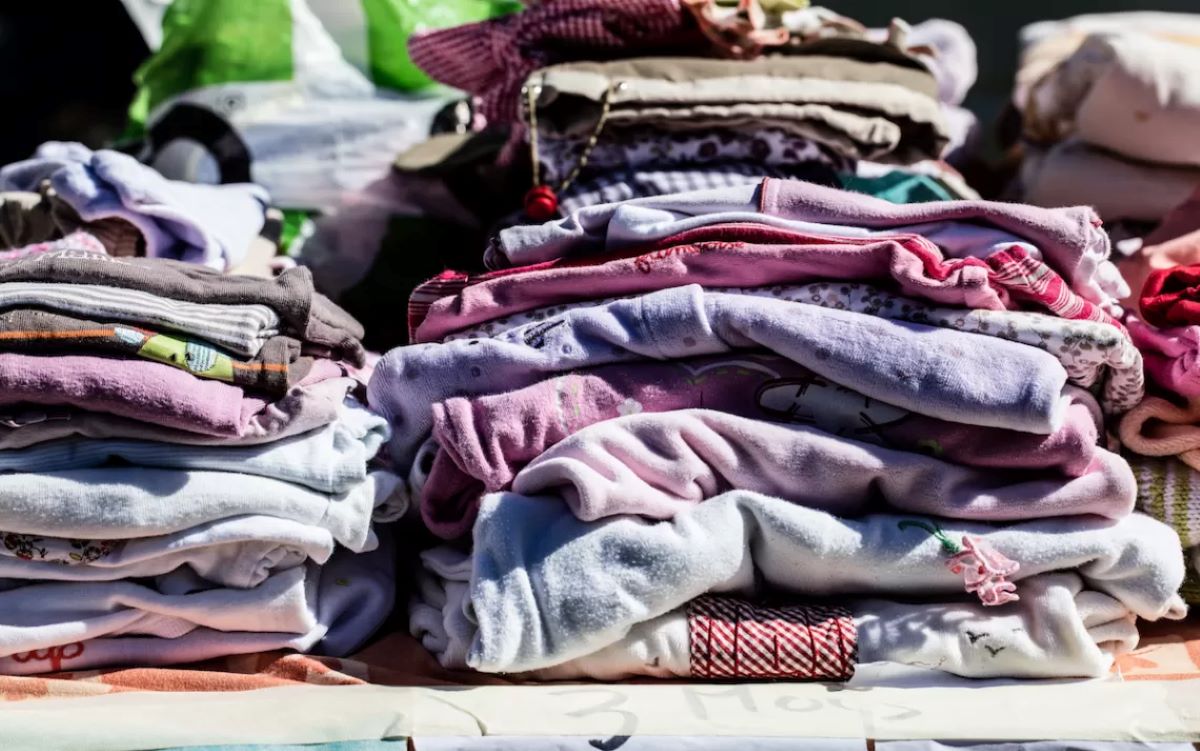
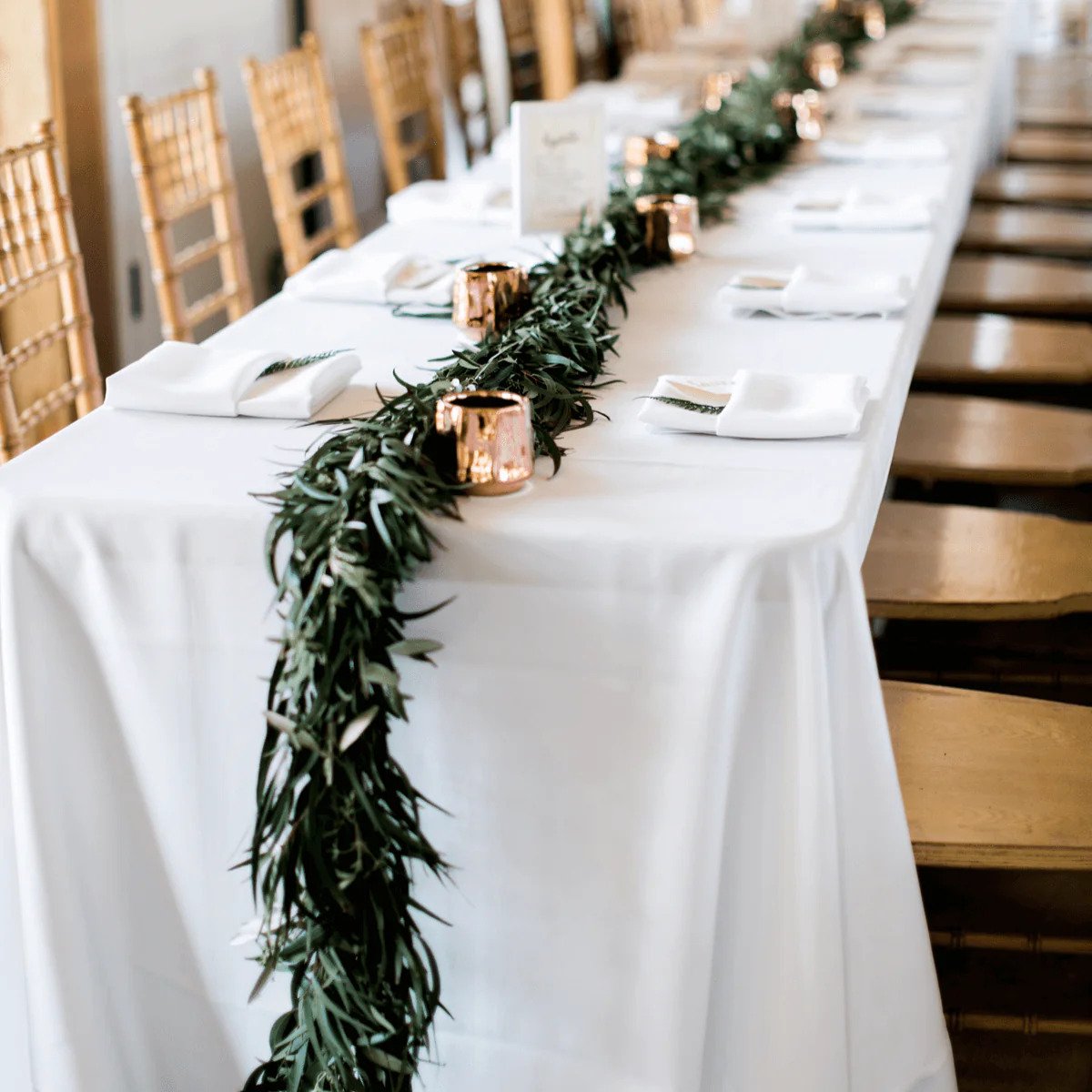


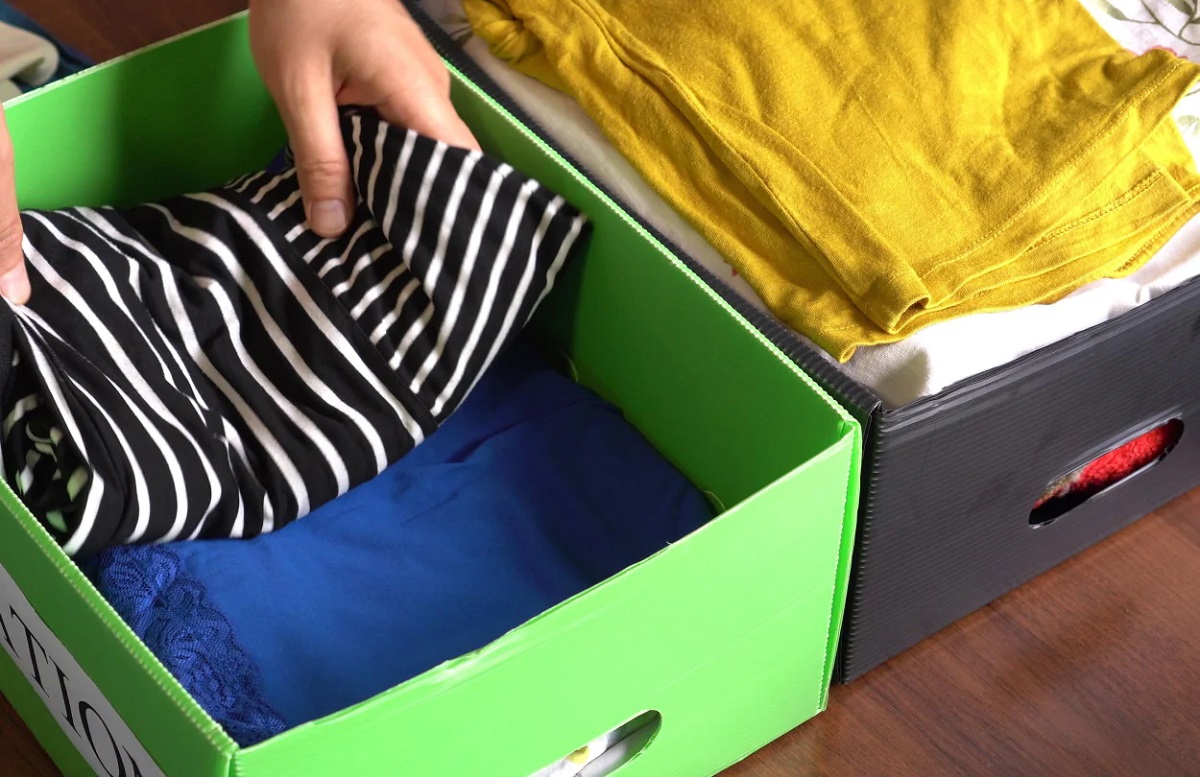

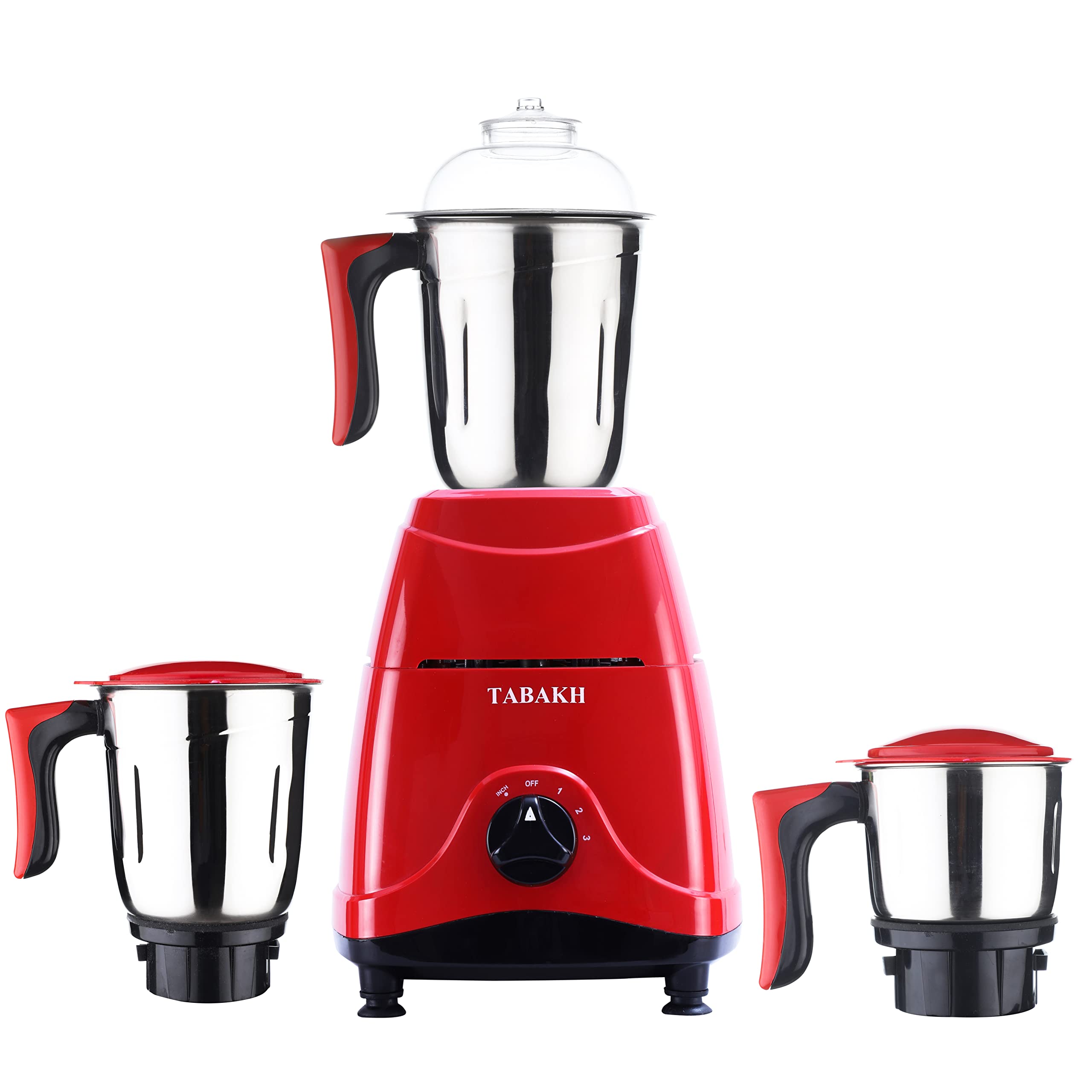

0 thoughts on “How To Store Indian Clothes”